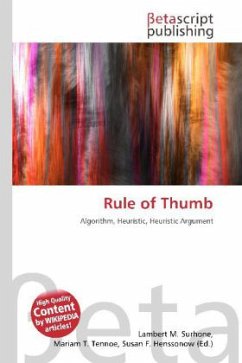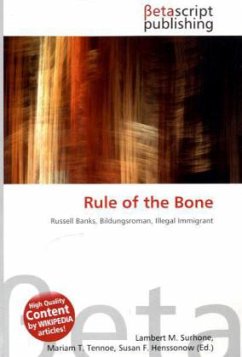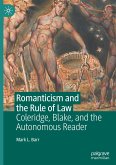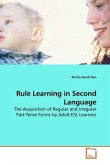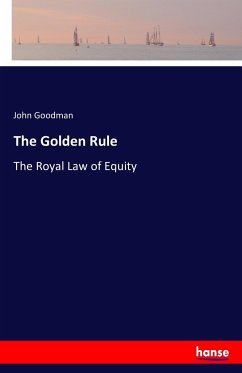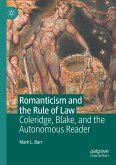Please note that the content of this book primarily consists of articles available from Wikipedia or other free sources online. A rule of thumb is a principle with broad application that is not intended to be strictly accurate or reliable for every situation. It is an easily learned and easily applied procedure for approximately calculating or recalling some value, or for making some determination. Compare this to heuristic, a similar concept used in mathematical discourse, psychology and computer science, particularly in algorithm design. The exact origin of the phrase is uncertain: either it is derived from the use of the thumb as a measurement device ("rule"), or it is derived from use of the thumb in a number of apocryphal "rules" (law, principle, regulation, or maxim). The earliest citation comes from Sir William Hope''s The Compleat Fencing-Master, second edition, 1692, page 157: "What he doth, he doth by rule of thumb, and not by art." The phrase also exists in other languages, for example Swedish Tumregel, Norwegian Tommelfingerregel, sometimes in the variant "rule of fist", for example German Faustregel or Dutch Vuistregel. This suggests that it has some antiquity, and does not originate in specifically English-language culture.
Bitte wählen Sie Ihr Anliegen aus.
Rechnungen
Retourenschein anfordern
Bestellstatus
Storno

